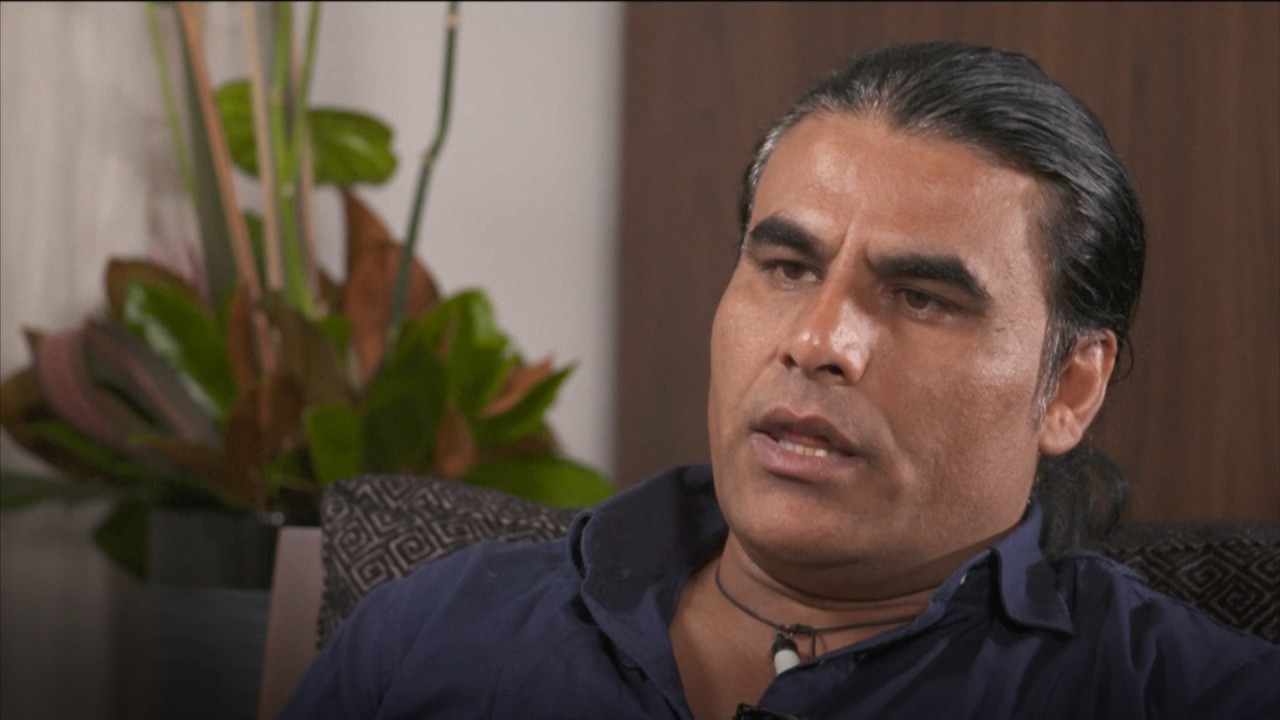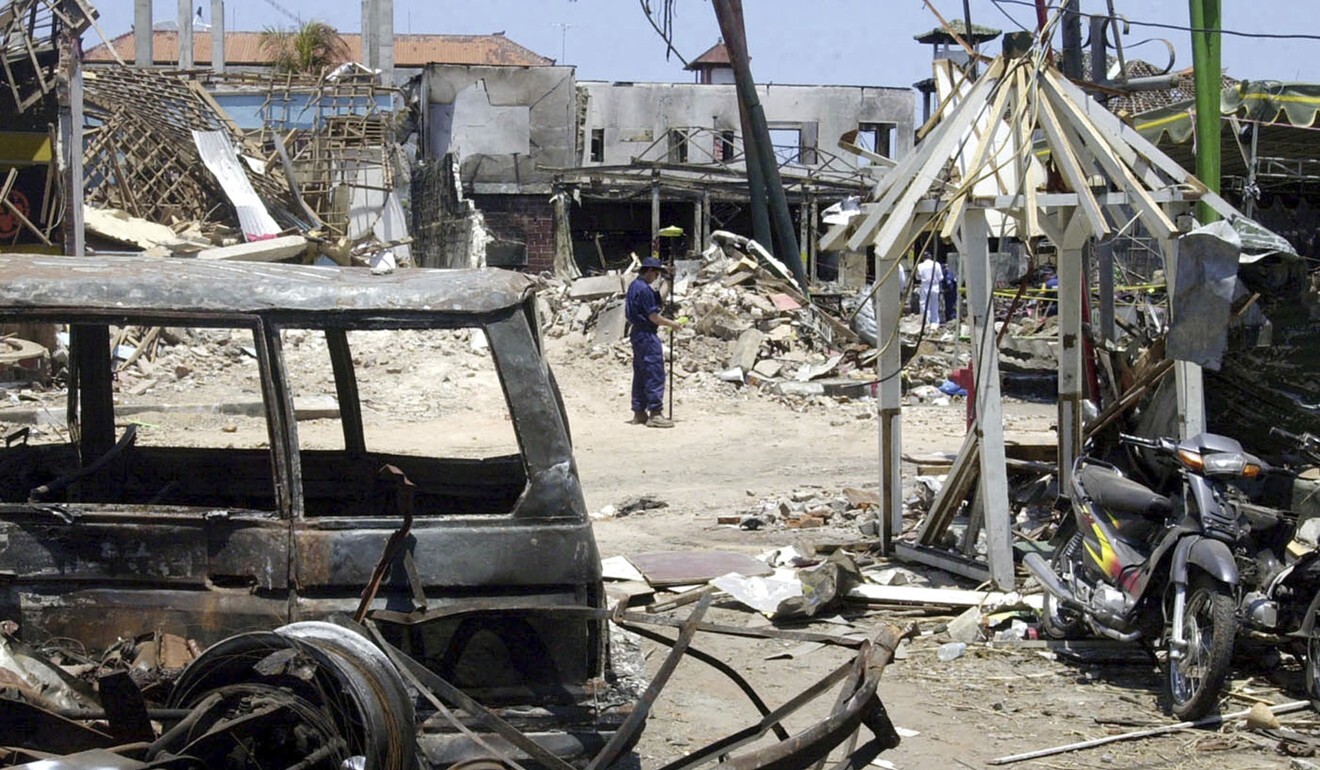
Far right vs Islamists: a vicious circle of extremism in Southeast Asia?
- Arrest of a boy in Singapore who allegedly plotted machete attacks at mosques raises threat of far-right extremism spreading to the region
- Experts warn of a vicious circle of ‘reciprocal radicalisation’, in which Islamist and far-right groups launch tit-for-tat revenge attacks
Experts say the significance of the boy’s arrest is about more than this single case; they say it raises the spectre of “reciprocal radicalisation”, a vicious circle in which extremist groups become increasingly violent as they launch tit-for-tat revenge attacks in response to each other’s activities.

“The Singapore incident has been used as a powerful narrative for recruitment by radical groups who say, ‘See, it is not true that Christians are not up to something against us, the Muslims’,” said Huda, an Indonesian who founded his country’s first private deradicalisation organisation, the Institute for International Peace Building.

Professor Kumar Ramakrishna, associate dean and head of the International Centre for Political Violence and Terrorism Research at Nanyang Technological University in Singapore, said the circle of attacks went even further back. He noted that the Christchurch attacker had himself been motivated at least in part by the desire to strike back against what he perceived as Islamist extremist aggression against Europeans.

04:02
Christchurch mosque attack survivor speaks about encounter with gunman
Ironically, said Zachary Abuza, professor of Southeast Asia studies at the National War College in Washington, right-wing extremists had much in common with jihadist groups.
Professor Greg Barton, chair in Global Islamic Politics of Deakin University, said that for both groups radicalisation often occurred through grooming and recruitment on social media.
“It tends to be social and involve the forming of new friendships that offer a sense of acceptance and personal affirmation, combined with a romantic notion of participating in revolutionary change,” said Barton.
Indonesian terrorists planned to attack shops in areas with Chinese communities
MORE THAN A ONE-OFF?
To what extent the case of the Singaporean boy could be seen as a “one-off” is a more divisive issue.
The country’s Law and Home Affairs Minister K. Shanmugam said he was concerned about right-wing extremist views creeping into Singapore and fighting this would be a “long battle” for Singapore and the world.
Amarnath cautioned against overstating the threat, saying the number of cases of far-right extremism in Southeast Asia was “still quite small”.
But Kumar was not so sure. “If one youth went down this path, why not others? We see the same phenomenon on the Islamist extremist side as well,” Kumar said. “This case is a wake-up call that policy attention should not just be focused on self-radicalised Islamist extremists.”
Kumar said that Southeast Asian countries with significant Christian minorities that perceived themselves as being on the receiving end of strident Islamist activism or violence might be vulnerable.
He gave the example of the Surabaya church bombings of May 2018 in Indonesia that killed 28 people including the bombers.

Why is Isis silent on China’s Uygur Muslims, when US alleges genocide?
Mohamad Adhe Bhakti, executive director of the Centre for Radicalism and Deradicalisation Studies, said it was “highly possible” that right-wing extremism would emerge in Indonesia.
He also warned that a Hindu-based group in Bali and a Christian-based group in North Sulawesi – both of which refer to themselves as “armies” despite being mostly non-violent, at least until now – have the potential to turn radical if they feel threatened.
The Bali Army is involved in countering jihadist movements on the island, which has suffered two deadly bombings – an attack on the tourist district of Kuta in 2002 that killed 202 people and a series of suicide bombs in 2005 that killed 20 – that devastated its tourism reliant economy.

In North Sulawesi, the Christian-based Maguni Army is involved in promoting an economically independent society based on traditions and moral values.
“If Islamists and jihadist groups are active in their areas [North Sulawesi and Bali], these groups could become radical,” said Adhe.
In October 2020, Indonesian police said a group of Save Indonesia Coalition radicals in Medan, north Sumatra, were planning to incite riots and loot Chinese shops in a similar fashion to the violence that swept the country amid the Asian Financial Crisis of 1998. Four people were arrested in connection with the plot.
However, Adhe said right-wing extremism was likely to remain small in scale because the government was strong and moderate groups were in such a majority that extremists would “not be able to draw much sympathy and support”.

